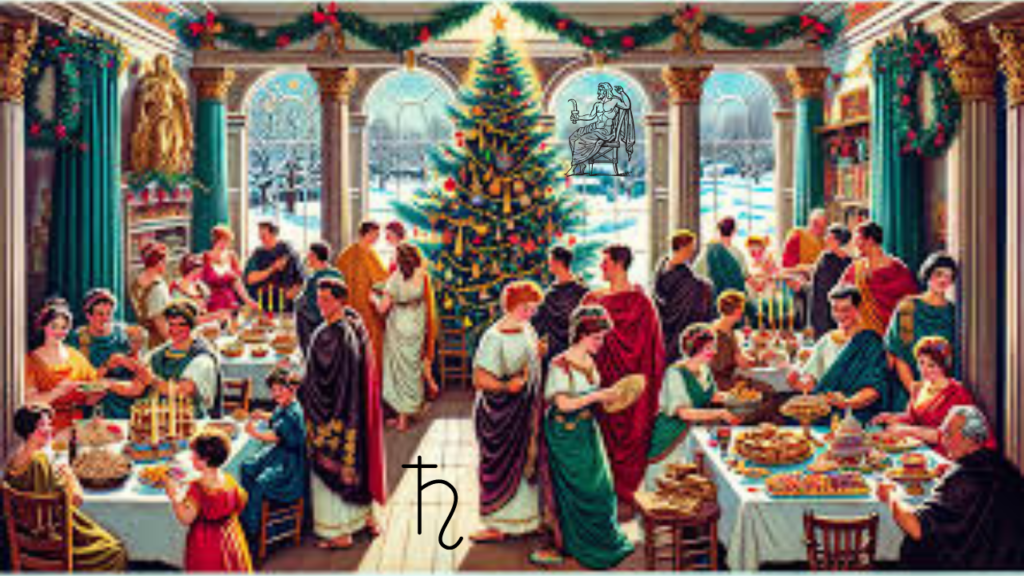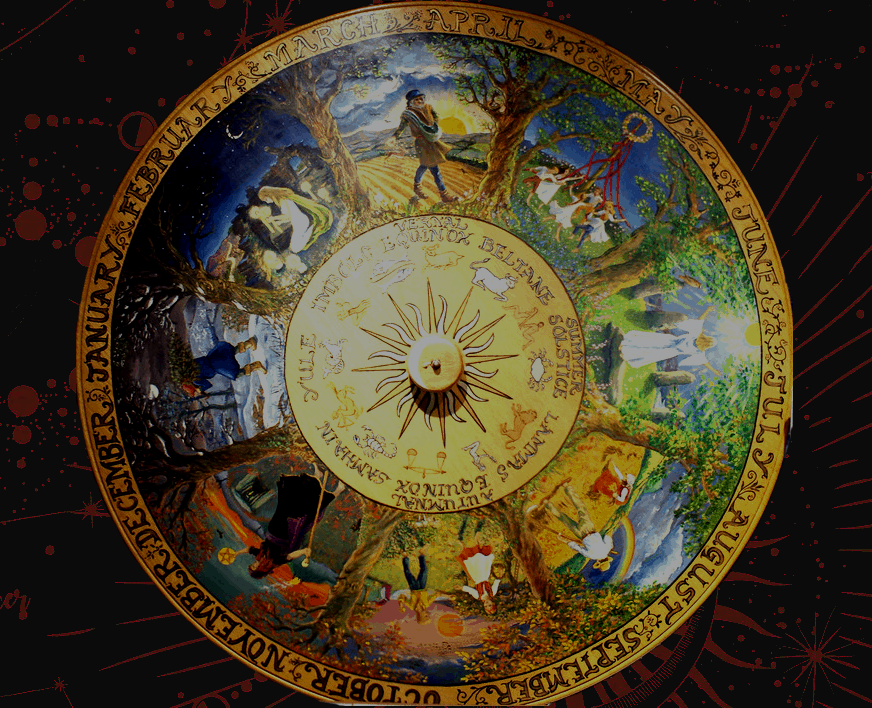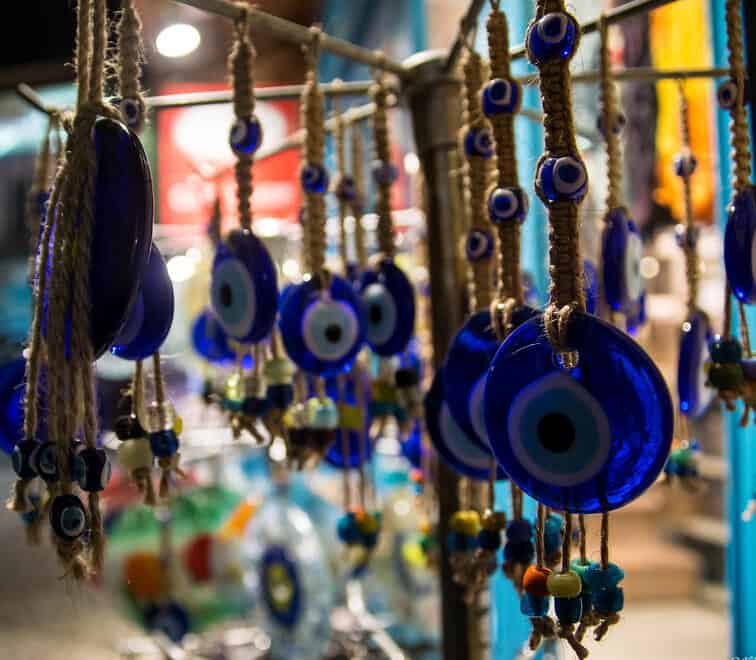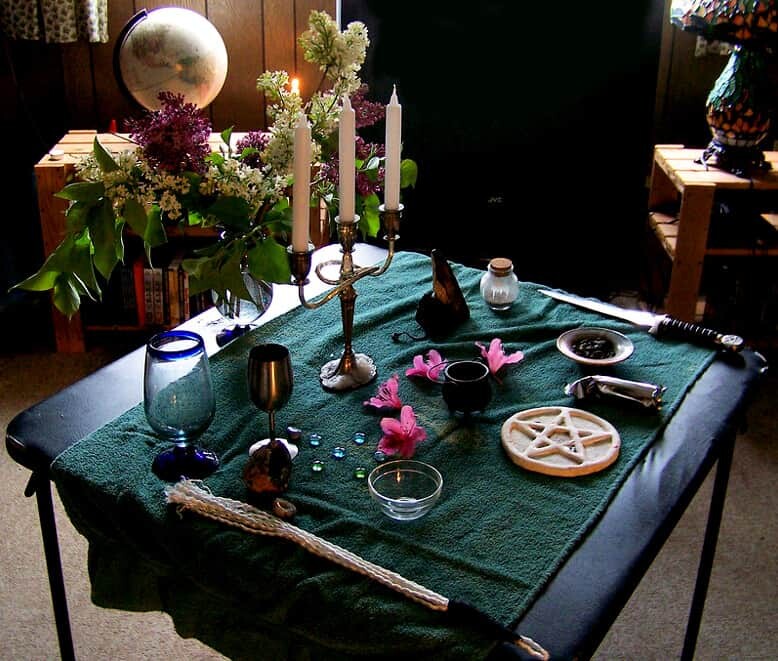It’s quite an intriguing story of Saturnalia. One of ancient history all the way to current practice. Its lettered with many ancient celebrations that have shaped our well known modern festivities like Christmas. Saturnalia stands out because of its unique blend of social reversal, festivity, and the warmth of light during the cold winter months. It is an ancient Roman festival, rooted in pagan traditions that marks a period of revelry that has influenced our contemporary celebrations.
So, as we peel back the layers of history in the article, you’ll see how the intriguing story of Saturnalia emerges. Lets take a look at its origins to its current practices and reveal a celebration that has transcended centuries to find a solid place in the modern world.
The Origins of Saturnalia: A Time of Pagan Celebration
Lets start by looking into the heart of ancient Rome. This is where Saturnalia emerged. A celebration rich in pagan traditions, it marked a period of jubilation that honored Saturn, who we know to be the the deity of agriculture and time. This festive occasion signaled the end of the autumn planting season and to switch to ushering in the cold embrace of winter with open arms and a spirit of freedom.
NOTE: It was initially observed as a singular day of merriment, but the festivities of Saturnalia quickly unfurled into an extensive celebration, spanning from December 17th through December 23rd.
In these days of lively and noisy festivities, the rigid hierarchies of Roman society momentarily dissolved. The slaves enjoyed a taste of freedom, allowing them to express themselves without fear of retribution, a practice that underscored the festival’s deep-rooted themes of liberty and equality. The inversion of social norms during Saturnalia provided a poignant critique of the existing societal structures, presenting a world turned upside down in a joyful, albeit temporary, reprieve from the everyday.
The origins of Saturnalia reflect not only a time for agricultural homage but also a profound acknowledgment of human equality and the desire for liberation that is deeply seated in all of us. It was a time when the common constraints of social order were lifted, and all individuals, regardless of their social status, could partake in the joy and freedom that characterized this vibrant celebration – Saturnalia.
As we explore the threads of Saturnalia’s beginnings, we uncover a festival that was as much about sowing seeds of joy as it was about the harvests that sustained ancient Roman life.
NOTE: Saturnalia began 5th Century BCE – AD 448 and was celebrated December 17-23 to welcome the return of the Sun God Saturn who rode a 4 horse chariot.
Historical Evolution of the Saturnalia Festival
As Saturnalia journeyed through the ages, it transformed, reflecting the changing tides of Roman society. From its simple beginnings as a day of homage and private cheer, Saturnalia expanded into an elaborate week-long festival. This wasn’t just a time for feasting, it was now a period when the usual order of life was gleefully upturned. Imagine the courts shutting down, bringing a halt to the usual grind of legal proceedings, allowing a brief spell of societal pause in the name of festivity. Does this sound familiar to anything we celebrate in December?
Gambling, typically forbidden, was welcomed with open arms, injecting an air of mischief and revelry into the celebrations. The customary exchange of gifts, such as wax candles to light the darkness and clay figurines to symbolize life’s continuation, began to weave their way into the fabric of the festival. These evolving practices painted a vivid picture of Saturnalia’s growing significance in public and private life alike.
Moreover, the festival’s heartbeat was its communal joy—feasts where the social order was playfully flipped on its head, with masters serving slaves, showcasing the festival’s deeper messages of equality and liberty. The evolution of Saturnalia was not just about adding more days to the calendar of celebrations – it was a reflection of Rome’s social and cultural shifts, breathing new life into this ancient festival with each passing year.
As the traditions of Saturnalia adapted over time, they ensured the festival remained a vibrant and cherished fixture of Roman life, etching its mark deeply into the cultural legacy of the ancient world.
Key Features and Traditions of Saturnalia
During Saturnalia, the air in ancient Rome was always thick with the spirit of jubilation as unique traditions unfolded under the winter sky. A standout feature of the celebrations was the appointment of the “King of Saturnalia,” a figure who, though chosen in jest, commanded the festivities with a series of playful and outlandish edicts. This mock ruler encapsulated the festival’s essence of overturning the usual order, embodying the temporary upheaval of societal norms.
Feasting played a very important role in the Saturnalia festivities. With tables laden with a bounty that brought together people from all walks of life. In a heartwarming twist of tradition, as previously mentioned, roles were reversed, and slaves were waited upon by their masters, symbolizing a deep-rooted sense of equality and camaraderie that pervaded the celebrations. These shared meals highlighted the festival’s ethos of communal joy and the breaking down of societal barriers, even if it is for just a brief period.
The decorations of Saturnalia were equally emblematic. Peoples homes and public spaces were adorned with vibrant greenery, signifying prosperity and the continuation of life. The streets of Rome came alive with the sounds of merry songs, as people donned the synthesis, a colorful garb that replaced the formal toga, freely expressing their festive spirit.
Together, these traditions painted a beautiful, vivid picture of Saturnalia as a time of unfettered joy, unity, and a delightful topsy-turviness, capturing the imagination and leaving a lasting legacy that continues to echo through the ages all the way to present day.
Saturnalia’s Influence on Christmas and Other Winter Festivals
As we venture closer to the heart of winter celebrations, it’s fascinating to see how the ancient festival of Saturnalia has woven its threads into the fabric of Christmas and other similar festivities. The proximity of Christmas to the winter solstice and the culmination of Saturnalia might not be a mere coincidence. In fact, many scholars believe that when Christianity began to spread, the church adopted the timing of Saturnalia to ease the transition to the new faith, blending pagan customs with Christian beliefs.
This melding of traditions is evident in several aspects of how we celebrate Christmas today. The act of gift-giving, a hallmark of Saturnalia, has found a new home in the Christmas tradition, where exchanging presents is a central element of the holiday. Likewise, the sumptuous feasts that marked Saturnalia have their echoes in the Christmas dinners families enjoy worldwide, bringing people together in a spirit of joy and generosity.
Even the festive greenery that adorned Roman homes and streets during Saturnalia has a modern counterpart in the Christmas trees and wreaths that brighten our homes each December. These elements of decoration serve a similar purpose now as they did then: to symbolize life and renewal in the midst of winter’s darkest days.
By exploring the influences of Saturnalia on Christmas and other winter festivals, we gain a richer understanding of how ancient celebrations continue to shape our contemporary holiday practices. It’s a testament to the enduring nature of these traditions and their ability to adapt and flourish across centuries, connecting us to our past while we celebrate in the present.
Modern Echoes of Saturnalia
In our present-day celebrations, the ancient festival of Saturnalia whispers its tales of joy and social upheaval through the fabric of several contemporary festivities. A prime example is Carnival, where the inversion of social roles and the exuberance of the celebration reflect Saturnalia’s ethos of freedom and communal merriment. The echoes of this ancient Roman festival can also be found in the vibrant parades and the spirit of equality that characterizes many of today’s festivals, drawing a parallel to the historical customs of role reversals and unfettered joy.
Moreover, neopagan groups and cultural revivalists have taken significant steps to reincarnate Saturnalia within modern contexts, meticulously weaving the ancient festival’s themes of renewal and liberation into the tapestry of current practices. These enthusiasts celebrate with gatherings that embody the spirit of the original festival, focusing on community bonding, feasting, and the joyous abandonment of everyday norms.
The practice of gift-giving, a core element of Saturnalia, has seamlessly integrated into present-day festivities, serving as a bridge between ancient tradition and modern expression of generosity and connection. Through these modern echoes, Saturnalia’s legacy is not just preserved but revitalized, offering a unique lens through which to view our current celebrations and reminding us of the timeless nature of human festivity and the desire to momentarily step outside the confines of societal roles.
Preserving the Legacy of Saturnalia in a Modern Context
In today’s fast-paced world, where traditions can easily fade into the backdrop of our digital lives, the preservation of Saturnalia offers a heartwarming connection to our ancient past. Engaging with this rich historical festival invites us to slow down and delve into practices that celebrate community, joy, and the breaking of daily norms.
By integrating elements of Saturnalia into our own learnings and practices, we provide a window into the Roman world, and illuminate its cultural significance and the ways it mirrors our current festive practices. Additionally, creatively adapting Saturnalian traditions, such as the exchange of thoughtful gifts, communal feasting, and even playful role reversals in gatherings, can rekindle the spirit of this ancient celebration in our modern context. These activities not only pay homage to Saturnalia’s origins but also highlight the festival’s timeless themes of equality, liberation, and shared happiness.
By fostering a deeper understanding and appreciation of Saturnalia, we ensure that its legacy continues to inspire and connect us, reflecting our ongoing journey through cycles of renewal and reflection. In doing so, we celebrate not just a festival from long ago, but the enduring human spirit of festivity and unity that for some of us, can sometimes feel so far away …











